The Clipperton Conundrum
Two obscure yet related things happened this month:
-
Jonathan Strahan’s Mission Critical anthology was released, containing (among many other worthy works) my story “Cyclopterus“; and
-
The IUCN announced the first species to receive “endangered” status due to deep-sea mining.
For those who haven’t read “Cyclopterus” (pretty much all of you, judging by MC‘s current sales ranking on Amazon), it’s set entirely underwater— there’s a kind of rifters vibe to the thing— and takes its lead from the prospect of deep-sea mining. It unfolds against a backdrop in which hurricanes, fueled by warming oceans, last for years; in which the last of the tipping points has been passed and the worst-case scenario is now inevitable; in which the world’s environmental laws have largely been scrapped because it’s too late now anyway, so what’s the fucking point? It’s a world where doomsday partiers burn down national parks and mobs of jes’ plain folks tear the ultrarich limb from limb (on those exceedingly rare occasions when they get the chance, at least).
As with most of my writing, it is almost childishly optimistic— and not just because it imagines the rest of us getting our hands on the occasional plutocrat. It’s childishly optimistic because it takes place 15-20 years from now, when deep-sea mining is about to expand into the vast pristine stretch of the Pacific seabed known as Clarion Clipperton Zone. It’s childishly optimistic because it assumes the Zone has 15-20 years before things go south, while here in the real world the International Seabed Authority has already doled out 16 permits for mineral prospecting within its boundaries. The CCZ has been described as “the most likely test bed for deep-sea mining”.
Ninety percent of the species collected there by one research team were new to science. After recent surveys covering only 0.01% of its total area, a thousand new species have been discovered. Thousands more are surely waiting to be, in the unlikely event that the robots don’t get them first.
Deep sea mining has been on my radar every since I was a kid in the sixties, devouring all those breathless utopian books about how we were going to farm the oceans and talk to dolphins and live in underwater cities by the turn of the century. By the time that century was actually about to turn I’d discovered the industry’s grubby underside, while researching Starfish. And my first trip to Norway in 2012 really brought it home when I met a guy who’d actually discovered a number of hydrothermal rift vents himself, and who was profoundly worried that deep-sea mining was on the cusp of explosive expansion.
And now, here we are. Imagine giant robots— like combine harvesters on steroids— scouring the bottom, hoovering up minerals from manganese to molybdenum and shitting out everything else, pulverized, in its wake. Although you don’t really have to, because they’re already building the fuckers:
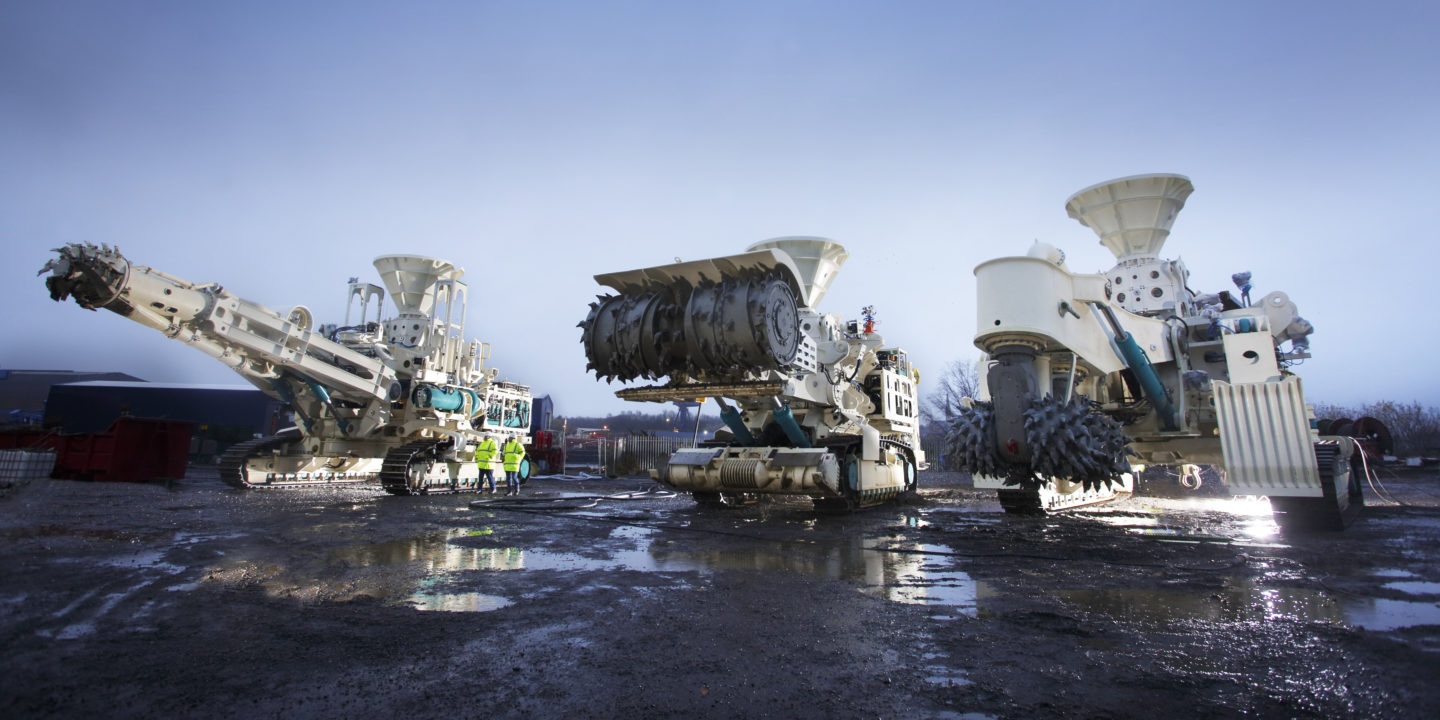
From the satanic mills of the Nautilus Corporation, from my home town of Toronto. They even get a call-out in “Cyclopterus”.
Very little research has been done on the environmental impacts of deep-sea mining. The only real study was undertaken thirty years ago, led by a dude called Hjalmar Thielon. It was a pretty simple experiment. They basically dragged a giant rake across 2.5 km2 of seabed, a physical disturbance which— while devastating enough— was certainly less disruptive than commercial mining operations are likely to be. Today, thirty years later, the seabed still hasn’t recovered.
You might think that such results would provoke a flurry of follow-up tests prior to unleashing the Giant Robot Army. However, while mining contractors are required by law to document the species that live in a habitat prior to mining, there is apparently no commensurate requirement to document the impact that mining would have on them. In fact the ISA actually regards commercial mining itself as a kind of impact-assessment process: “Once you have mining, you have monitoring, then you can develop standards and you can progressively tighten those standards once you have a feedback loop from monitoring your activity.”
Uh huh. Back in my undergrad days I actually spent a few months working for Ontario Hydro’s Aquatic Biology department while it was “environmentally assessing” the impact of the Darlington nuclear reactor— as it was being built. Buy me a beer some day and I’ll tell you how well that worked out.
The mind-blowing irony is that all this imminent deep-sea devastation is being driven by our appetite for renewable energy. That’s what’s finally driven deep-sea mining out of the realm of wide-eyed speculation into red-hot profitability. Rare-earth metals are an essential part of the batteries required for energy storage in solar and wind-energy systems, not to mention the burgeoning population of electric cars. They’re scattered like doubloons across places like Clipperton, just waiting to be scooped up. This grand new vista of environmental destruction has been incentivized by the environmental movement.
But hey, I’m an optimist. I can end on an upbeat note. It’s all going down at the bottom of the ocean, after all.
At least none of us will have to see the damage.
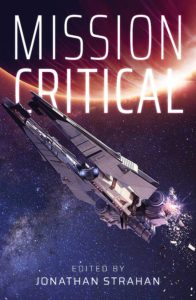
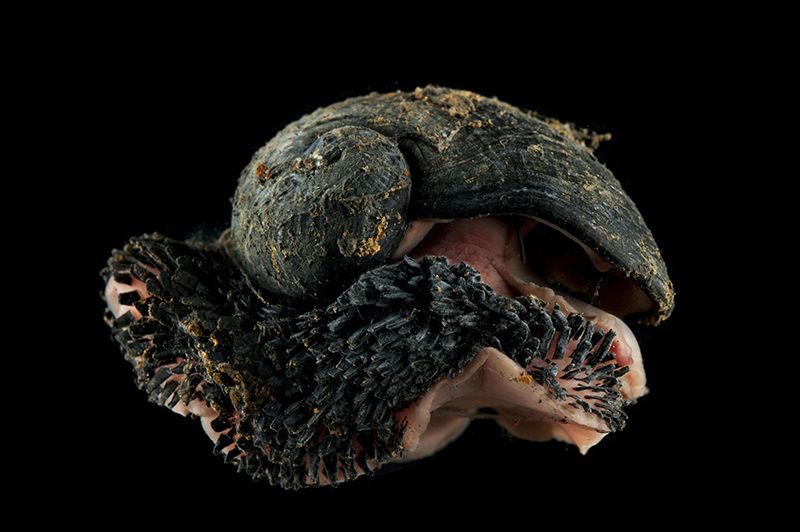
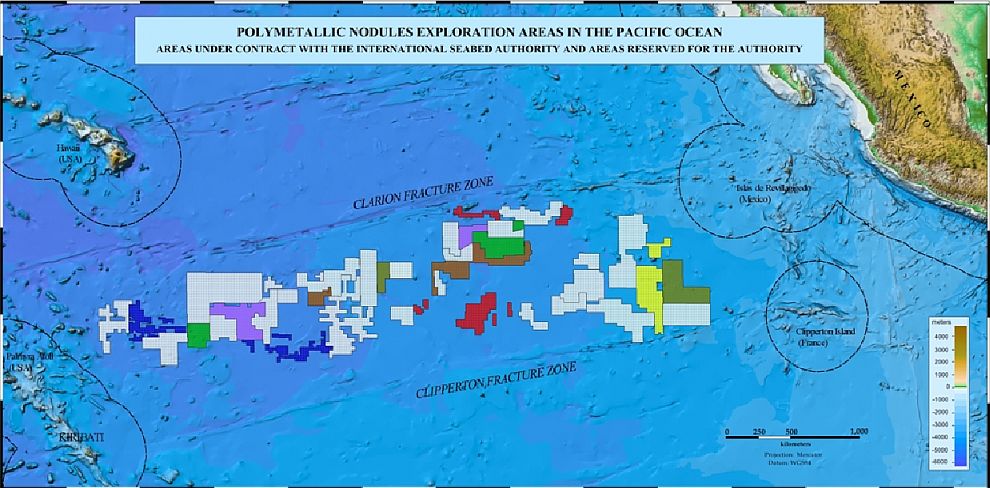
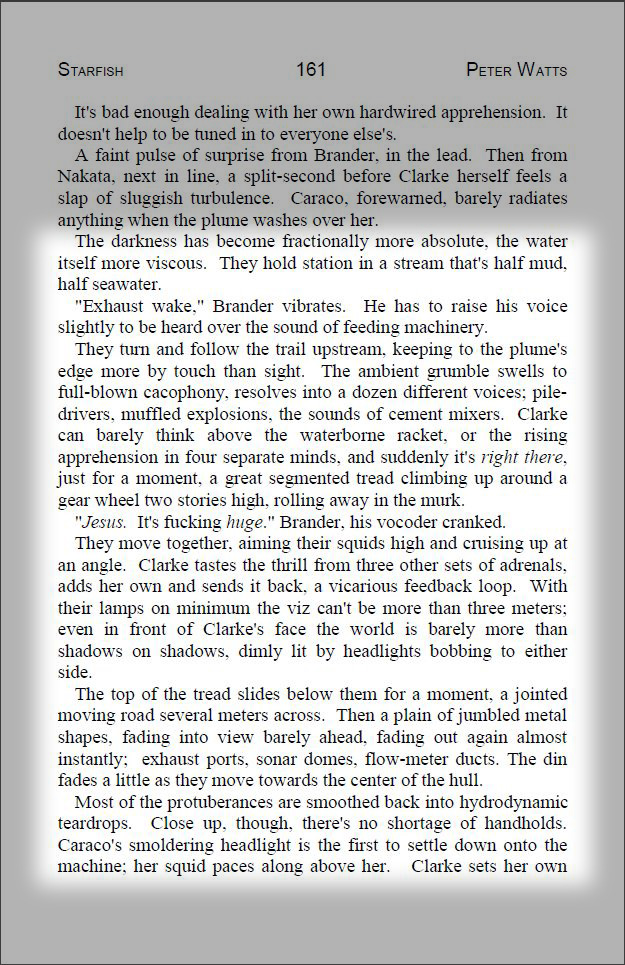
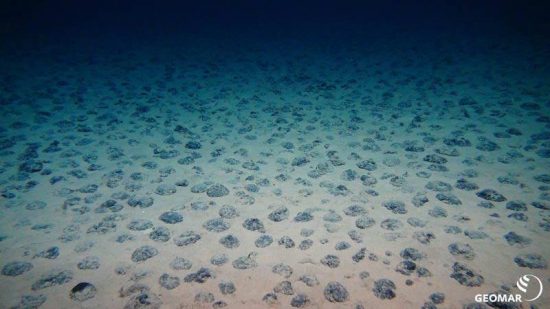








I remember reading about seabed manganese nodules in the Seventies.
When last I looked it was still uneconomical to “mine” them.
Do the nodules also contain RE metals?
Let’s cheer on Elon Musk, if he sorts out space mining in time this stuff won’t be necessary or cost effective
Martin Dudley,
https://www.google.com/search?client=firefox-b-1-d&q=ocean+nodules+cover+story+recover+Russian+submarine
They fooled you about that.
Martin Dudley,
That was a very effective cover story by the CIA and Howard Hughes. You can’t make stuff like this up nearly as convincing ass the professionals.
https://www.google.com/search?client=firefox-b-1-d&q=ocean+nodules+cover+story+recover+Russian+submarine
https://www.google.com/search?client=firefox-b-1-d&q=ocean+nodules+cover+story+recover+Russian+submarine
What Horror.
Marie Tharp must be turning in her grave.
Maybe the CIA could make a little money on the side producing adventure fiction.
I read the story, good tale. What’s with the name “zero-pointers”? Is it short for “zero point one percent”?
God. That’s been one of my rationales for working in the hydrogen fuel cell industry – lessened dependence on rare earth metals than lithium batteries, hopefully blunting the demand and mining surge resulting from the renewables industry a little.
Not going to do enough to save clipperton, of course.
Cheers!
Always ligtening up the mood!!!
the rational answer 🙂
http://www.goominet.com/unspeakable-vault/vault/595/
I know you don’t like pimping your own work but, for the love of Dagon, how about 30 days notice for pre-sale? Also this was by far the most narrative optimism you’ve packed into a story. Noice.
It’s a slippery slope. You go over recent posts, my self-pimpage/cool-science ratio is already above the historical mean.
Seriously? I’d argue that “Incorruptible” had a much happier ending.
John Brunner vindicated (Pacific, not Atlantic but close enough). From Stand on Zanzibar, 1968 :-
“The Mid-Atlantic Mining Project?” Donald thought that over for a few seconds, then shrugged. “I did hear on the grapevine that GT was getting frustrated about having tapped a mineral treasure-trove which it can’t afford to exploit—is that the case, in fact?”
“Pretty well,” Norman admitted. “The point is, it would cost just about as much to bring usable ore to the surface from MAMP as it does to produce it from more conventional sources; they’ve tried and tried and they’ve failed to figure out a way of cheapening their methods. Current prices represent irreducible rock-bottom for anything from MAMP, but competing producers would cheerfully slice their profits to make GT look silly by undercutting them. GT would have to compete at a loss, and that’s a crazy way to exploit a rich strike of ore, isn’t it?”
Peter Watts,
I think it’s got a very Wattsian optimism.
Also in the print version you got kind of fucked, your story is missing about ~15 pages worth if content vs the digital version. In the print version the lastbpassage is “Never too late for payback. Way I understand it, that’s what the Gaianistas are all about”
Fuck. I’m seeing other reports to that effect too.
Interestingly, on Amazon.com, one reviewer complains merely that Cyclopterus seems way too short; the other complains that the last thirty pages of Cyclopterus have been overwritten by the first thirty pages of the book doing an unannounced encore. It seems unlikely that the first reviewer would have missed that 30-pages thing, but they didn’t mention it.
Which makes me wonder if there are two misprints going on, depending on which copy you happen to have…
Not always. Here in the Antipodes the print copy is just fine – no misprints that I’ve found.